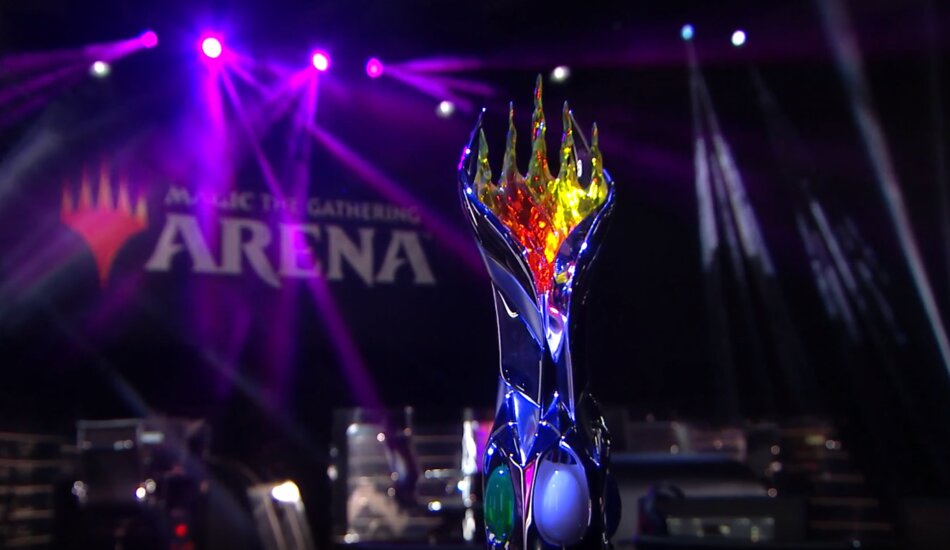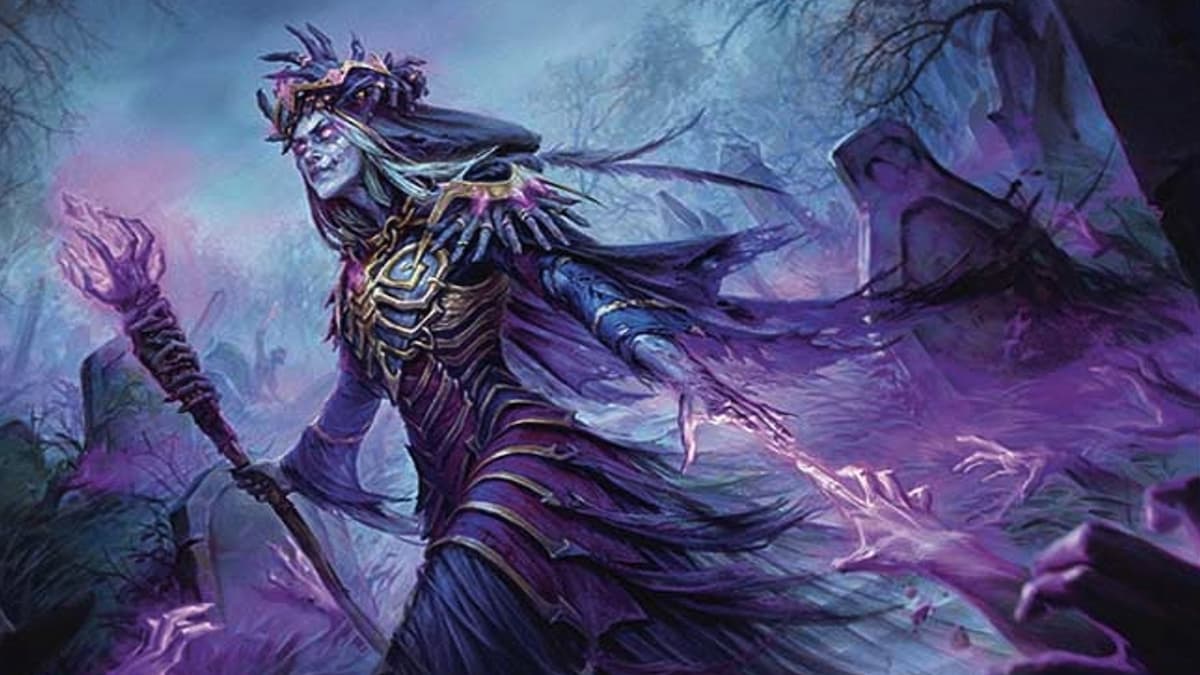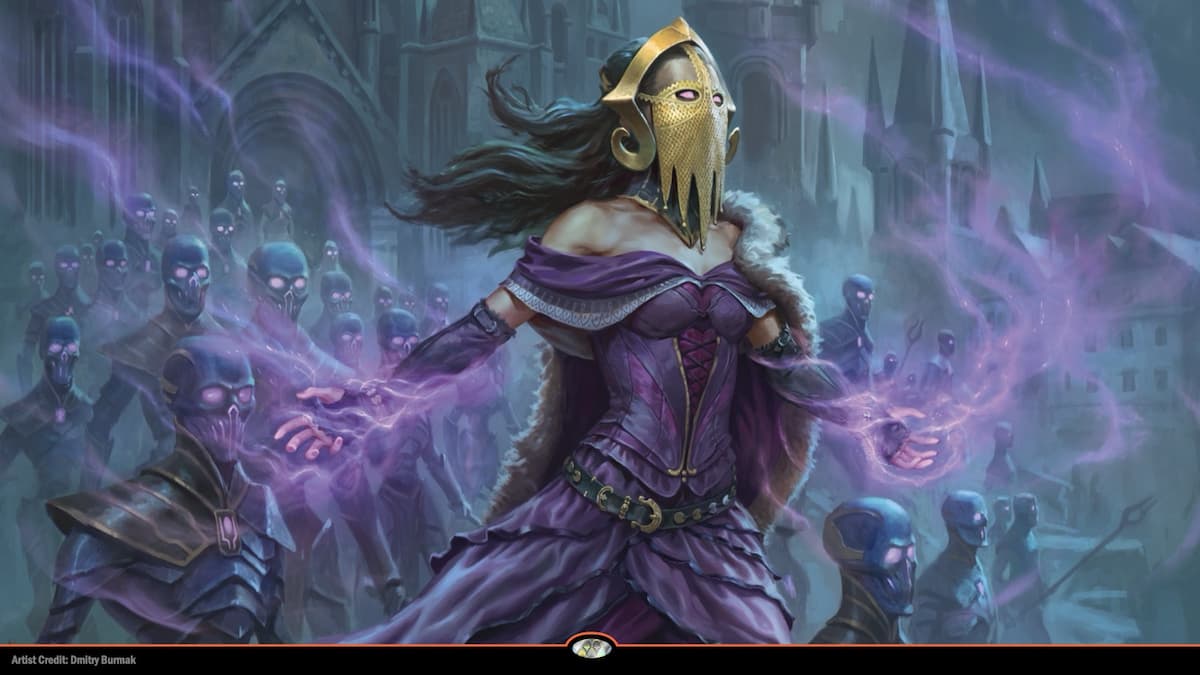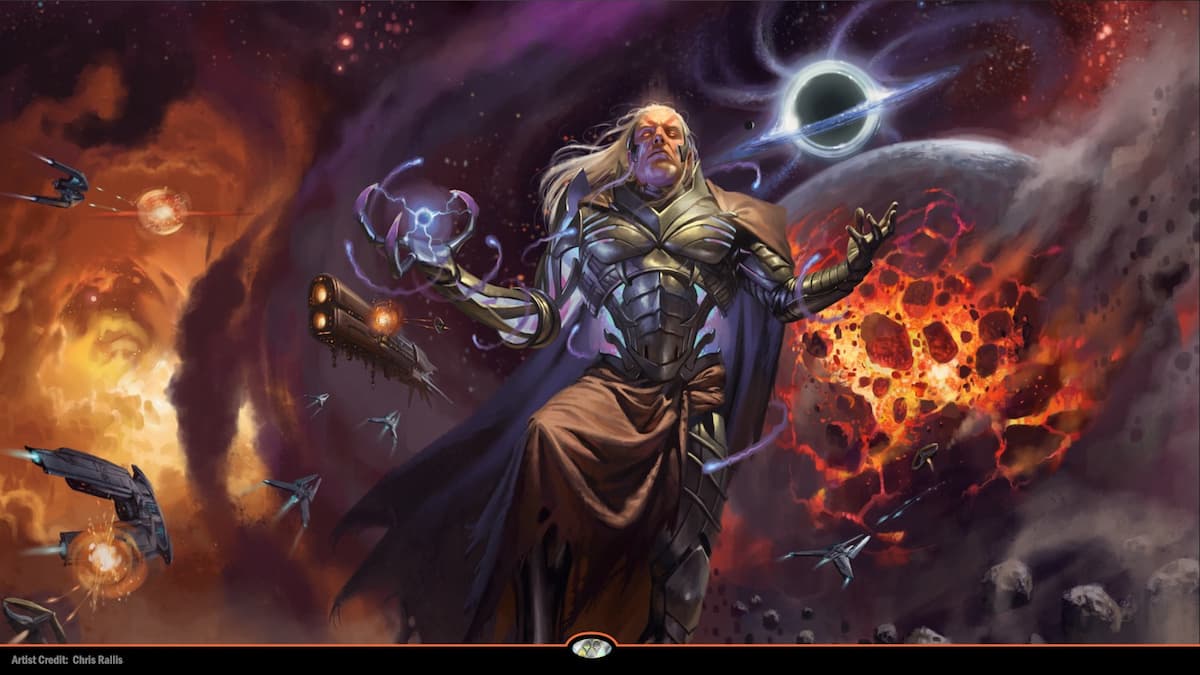In a field flooded by Esper decks, Magic: The Gathering’s Mythic Championship III was streamed to hundreds of thousands of viewers who watched Simic Ramp with Nexus of Fate dominate every MTG archetype.
Leading up to MTG Mythic Championship III, there was plenty of speculation and controversy with the Magic community wondering if Wizards of the Coast could pull off a repeat of the Mythic Invitational. Despite facing poor viewership from Mythic Championship II and MPL Weekly, as well as the controversy surrounding Wizards of the Coast’s 16 discretionary invites, viewership of MCIII still hit all-time highs while a qualifying player from MTG Arena beat everyone.
Here are five major takeaways from Mythic Championship III.
MCIII streaming format
Wizards of the Coast revamped its entire format to include MTG Arena Mythic Championships, along with the usual MC and Grand Prix tournaments. The format still needs work but Mythic Championship III showed significant improvement.
Listening to the advice given by MTG pro Brian Kibler, Wizards of the Coast implemented live cams on the players during feature matches, along with pre-game and post-game interviews and promos. This helped engage the audience, but more improvements still need to be made.
A live ticker covering other matches needs to be added. It would help viewers follow along with other matches being played simultaneously with the feature match. This would also help the audience know where everyone stands in the rankings without having to wait for a break in the action.
In addition, the decks that the players were using could be seen if viewers clicked on a small button at the bottom of the screen. But it was still visually difficult to see the cards being played during live play. Adding a plugin like Deckmaster would give the audience an option to enlarge specific cards, allowing them to read the text. Using a tool like Deckmaster would improve the audience’s understanding of what’s happening during gameplay, along with overall viewership engagement.
Simic Ramp and Nexus of Fate
Matias Leveratto shocked everyone with his Simic Ramp run. But is the deck as good as he makes it look? Simic Ramp, using Nexus of Fate, is in an MTG metagame sweet spot. But it still has some weaknesses.
The problem most players encounter while playing Simic Ramp is staying alive until they can activate the Wilderness Reclamation and Nexus of Fate combo. Leveratto has mastered this, using cards like Search Azcanta, Tamiyo, Collector of Tales, and Narset, Parter of Veils to search for necessary cards. On offense and defense, the deck uses land cards like Blast Zone and Mobilized District, along with Nissa, Who Shakes the World, Biogenic Ooze, and Paradise Druid.
Simic Ramp lacks protection and offense, however, until the player can access the sideboard. Without Biogenic Ooze and Paradise Druid in the main deck, opponents take out the planeswalkers and hit to the face too often. Another weakness is getting the combo to hit. As seen in the final match with Nelson, Leveratto was on the verge of losing.
In addition, Nexus of Fate leaves Standard in the fall when M19 gets rotated out. Without it, Simic Ramp is dead in the water.
MPL qualifications
Leveratto played an endless amount of matches on his way to being crowned the champion of MCIII, qualifying through MTG Arena as a Mythic Ranked player and then earning a Mythic Championship III slot after competing in the MCQW. Questions still remain, however, as to what a player needs to accomplish in the eyes of the Magic Pro League in order to become one of the 32 MPL players.
What Leveratto did at MTG Mythic Championship III should qualify him for an opening spot in the MPL. But will it? He isn’t a streamer on Twitch and doesn’t even have a Twitter account. His skills, however, are tremendous and he earned 50 Mythic Points by winning MCIII. Leveratto will also have additional chances to improve his Mythic Points standings this year since he earned invites to Mythic Championship V and the Magic: The Gathering World Championships.
Regarding players coming onto the scene through MTG Arena play over playing at Grand Prix tournaments, Nelson once did the same through MTGO. Ironically, it was Nelson whom Leveratto defeated to win MCIII.
MTG Arena visually dominates over MTGO
It’s long been predicted that Magic Online (MTGO) will never compete with MTG Arena. Mythic Championship III proved this statement true by having up to 10 times the viewership of the Magic Online Championship. The visual quality on Arena is decades ahead of MTGO, even with the improvements Wizards of the Coast is making to Magic Online.
From an esports perspective, MTGO can’t compete against MTG Arena. Wizards of the Coast will have to deal with this since only the Standard format is available on Magic: The Gathering Arena. Magic Online offers gameplay in formats like Commander, Modern, Legacy, and even Pauper.
Either MTG Arena will have to adapt for tournament play, allowing for other formats, or MTGO is going to need a major overhaul. If Wizards of the Coast continues to ignore the poor visual quality of Magic Online, it will never move up and be taken seriously in the esports community.
Esper Hero
Simic Ramp might have won Mythic Championship III, but Esper Hero shouldn’t be ignored for finishing in second place. In a field dominated by 17 players using Esper Control and nine on Esper Hero, Hero put a whooping on Control and Aggro decks.
Esper Hero didn’t win MCIII but both Nelson and Kai Budde made it to the top four playing it, with Nelson using a version created by Brian Braun-Duin. And that says something, making Esper Hero a top meta deck over Esper Control in MTG Standard.
What makes Esper Hero work so efficiently is Hero of Precinct One. Without this card in an opening hand or early draw, Esper Hero won’t function at its full potential. Both Nelson and Budde had no problems drawing Hero of Precinct One in a majority of their games.
But it’s not just Hero of Precinct One that wins games for Esper Hero. Nelson used planeswalkers like Teferi, Hero of Dominaria, Teferi, Time Raveler, and Narset, Parter of Veils to control the board state while increasing tempo. In addition, Oath of Kaya had a huge impact against opponents all weekend long at MCIII. Much like Simic Ramp, though, Esper Hero loses several important cards when Standard rotates in the fall of 2019.
Related: New format coming to MTG Arena during set rotation in fall 2019
Overall, Magic: The Gathering Mythic Championship III was a success. The livestream improved its quality for viewers and fans got to witness an amazing run by both Leveratto and Nelson.
The date for Mythic Championship V (also played on MTG Arena) is still unknown. But when it does happen, the Standard metagame will be much different. Wizards of the Coast should continue to make improvements toward its tournament streaming quality to make MCIV and MCV even bigger hits than MCIII.







Published: Jun 24, 2019 01:08 pm